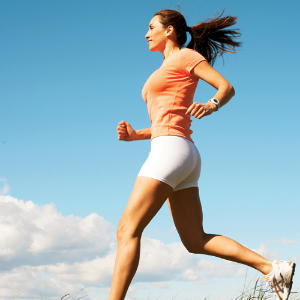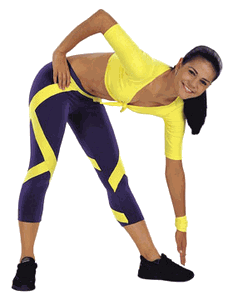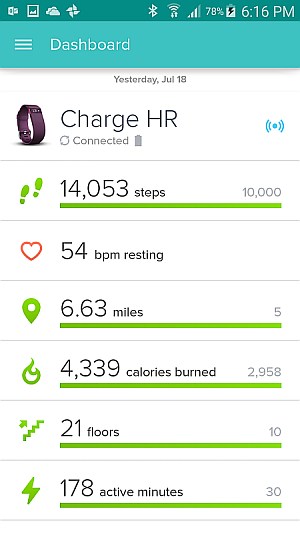Ran into this interesting article from Reuters:
Jul 26 (Reuters Health) – Physical fitness is known to wane with age, but a study published Monday shows that the decline gains speed with each decade, regardless of a person’s exercise habits.
The study of 810 healthy adults found that the rate of decline in aerobic fitness was about four times greater among people in their 70s or older, compared with those in their 20s and 30s.
Despite the fact that it boosts aerobic fitness, regular exercise did not change a person’s rate of age-related decline.
However, that does not mean it’s time to retire those running shoes, according to the study authors.
At any given age, people who were at least moderately active were more fit than their sedentary peers, said lead author Dr. Jerome L. Fleg of the National Heart, Lung, and Blood Institute in Bethesda, Maryland.
In addition, he told Reuters Health, research shows that older people can improve their aerobic capacity by getting regular, moderate exercise like walking. The point, according to Fleg, is to help elderly people stay fit enough to perform daily activities — like housework or yard work — and maintain their independence as long as possible.
Fleg and his colleagues at the National Institutes of Health report their findings in Circulation, a medical journal published by the American Heart Association.
The study looked at changes over time in individuals’ VO2max, a measure of aerobic fitness that refers to how much oxygen the body uses during a given activity. The VO2max is the point at which the body can no longer ramp up its oxygen use to keep up with the intensity of the exercise, and the activity rapidly becomes unsustainable.
It’s well known that a person’s VO2max declines with age. But the rate of that decline, Fleg explained, has not been clear-in large part because studies on the subject have typically compared different age groups rather than following the same people over time.
His team’s study included healthy men and women between the ages of 21 and 96 who periodically underwent treadmill tests to gauge their VO2max. The researchers also charted changes in participants’ blood pressure, body composition and lifestyle habits, over an average of eight years of follow-up.
In general, the study found, VO2max declined by 3 to 6 percent per decade while people were in their 20s and 30s. The rate of decline increased with age, going above 20 percent per decade among adults in their 70s or older.
The “good news,” Fleg said, is that active people maintained a higher VO2max than sedentary people their age, pointing to the importance of staying active throughout life.
He noted that older, sedentary adults who want to boost their fitness should consult their doctors before starting to exercise, as should anyone with heart disease.
SOURCE: Circulation, August 2, 2005.
Publish Date: July 26, 2005




